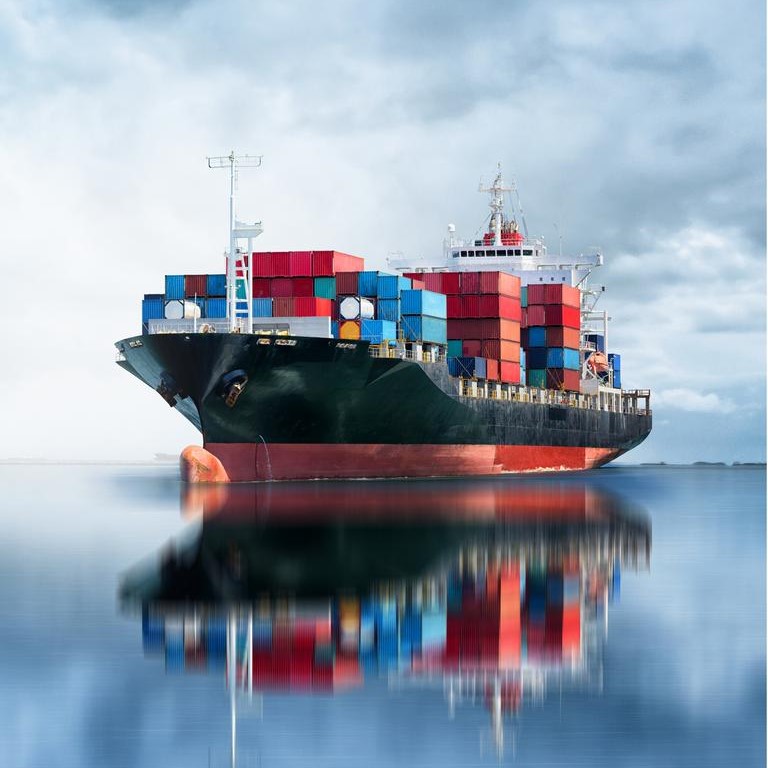The domino effect
A change in behaviour — such as consumer demand for climate-friendly products or regulatory obligations — can cause a chain reaction, or domino effect, across the value chain. A supplier or customer/client developing their own ESG strategy and adhering to major regulatory frameworks — for example, TCFD — will be considering the actions and asking questions of their stakeholders to understand the impact upstream and downstream in the supply chain.
- Example 1: Consumers asking for sustainable furniture can cause effects along the supply chain; from sustainably sourced wood to net zero transportation to treating factory workers ethically. The increased focus on ESG in this industry will also cause capital providers and insurers to ask more questions about ESG. Over time, the domino will inevitably fall on all those within the value chain who will need to provide evidence that they are aligned to stakeholder requirements.
- Example 2: Public and private sector organisations with carbon reduction and net zero targets due to regulatory or industry requirements need to understand the carbon emissions of their value chain. In such circumstances, the domino effect will see a minimum requirement of those in the supply chain to disclose carbon accounting figures. Those unable to do so could potentially lose out on existing or new business opportunities.
Here to help you tell your ESG story
If you don’t assess and communicate your ESG credentials, someone else will. Marsh has the capabilities to help you tell your ESG story to suppliers, future partners, and insurers, providing solutions such as our ESG Building Blocks to guide you through the process.
Visit our ESG Risk Rating page, which offers an award-winning, complimentary self-assessment that enables you to measure your organisation’s environmental, social, and governance performance, improve your ESG risks, and gain access to risk and insurance benefits.




